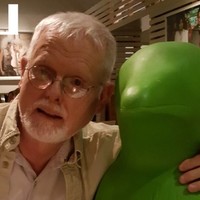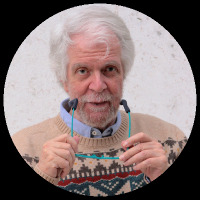
Sue Sherratt
Address: aphasiareadingaccess.blogspot.com.au
less
Related Authors
Mehdi Riazi
Hamad Bin Khalifa University
David Seamon
Kansas State University
Armando Marques-Guedes
UNL - New University of Lisbon
John Sutton
Macquarie University
Jocelyn Marzan
University of the Philippines Manila
Dilek Eroglu Uzun
Üsküdar University, İstanbul, TURKEY
Bálint Forgács
Eötvös Loránd University Budapest
Zack Marshall
McGill University
İlknur Maviş
Anadolu University
InterestsView All (10)










Uploads
Papers by Sue Sherratt
Method: Evidence is reviewed regarding the nature of breaches of care in speech-language pathology, disclosure of these breaches and the training and resources that are currently available. The significance of either disclosing or not disclosing breaches of care is also discussed.
Results: Although the profession already has an armory of resources for tackling ethical dilemmas, innovative and ongoing ethical education is needed to deal with the increasingly complex situations that arise in the current healthcare climate. Within the workplace, appropriate arenas for discussion and avenues for disclosure would minimize the need for disclosure of breaches of care.
Conclusions: In some circumstances, disclosing breaches of care may be necessary if the safety or care of our clients is being negatively affected and person-centred care is being jeopardised. Such disclosures can be used as a feedback mechanism to improve our effectiveness as clinicians, enable us to enhance the quality of care for our clients and ensure the future health of our profession.